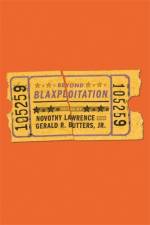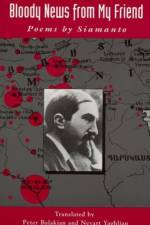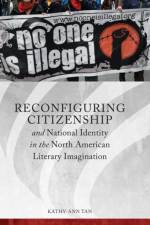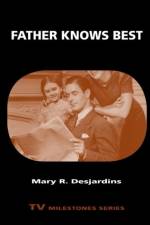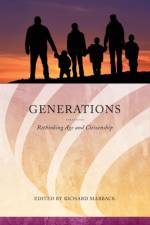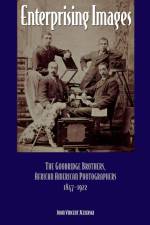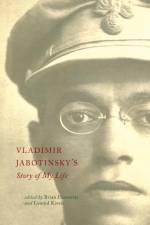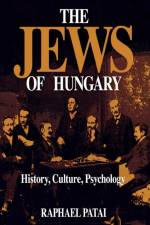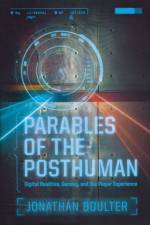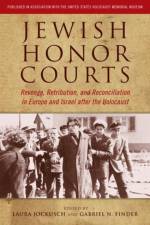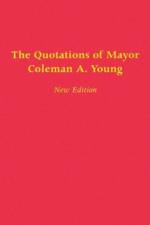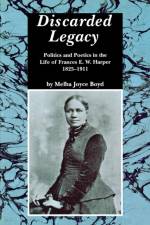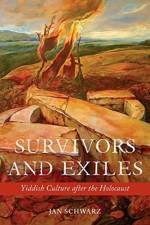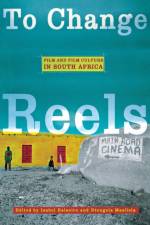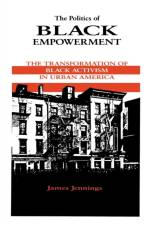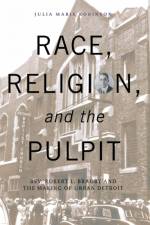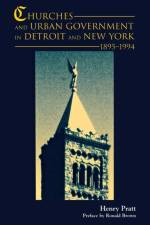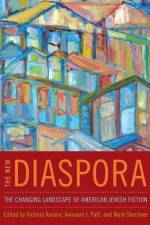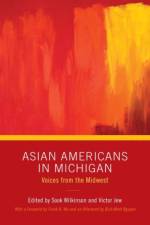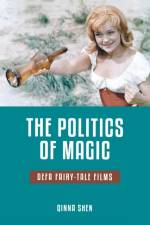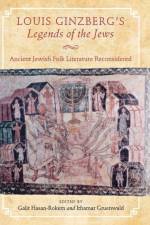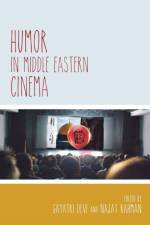- Voices from the Midwest
511
While the number of Asians in Michigan was small for a good portion of the state's history, many Asian-derived communities have settled in the area and grown significantly over time. In Asian Americans in Michigan: Voices from the Midwest, editors Sook Wilkinson and Victor Jew have assembled forty-one contributors to give an intimate glimpse into Michigan's Asian-American communities, creating a fuller picture of these often overlooked groups. Accounts in the collection come from a range of perspectives, including first-generation immigrants, those born in the United States, and third- and fourth-generation Americans of Asian heritage. In five sections, contributors consider the historical and demographic origins of Michigan's Asian American communities, explore their experiences in memory and legacy keeping, highlight particular aspects of community culture and heritage, and comment on prospects and hopes for the future. This volume's vibrant mix of contributors trace their ancestries back to East Asia (China, Japan, Korea, Taiwan), South Asia (Bangladesh, India, Pakistan), and Southeast Asia (Cambodia, Laos, Philippines, Thailand, Vietnam, and the Hmong). Though each contributor writes from his or her unique set of experiences, Asian Americans in Michigan also reveals universal values and memories held by larger communities. Asian Americans in Michigan makes clear the significant contributions by individuals in many fields-including art, business, education, religion, sports, medicine, and politics-and demonstrates the central role of community organizations in bringing ethnic groups together and preserving memories. Readers interested in Michigan history, sociology, and Asian American studies will enjoy this volume.

